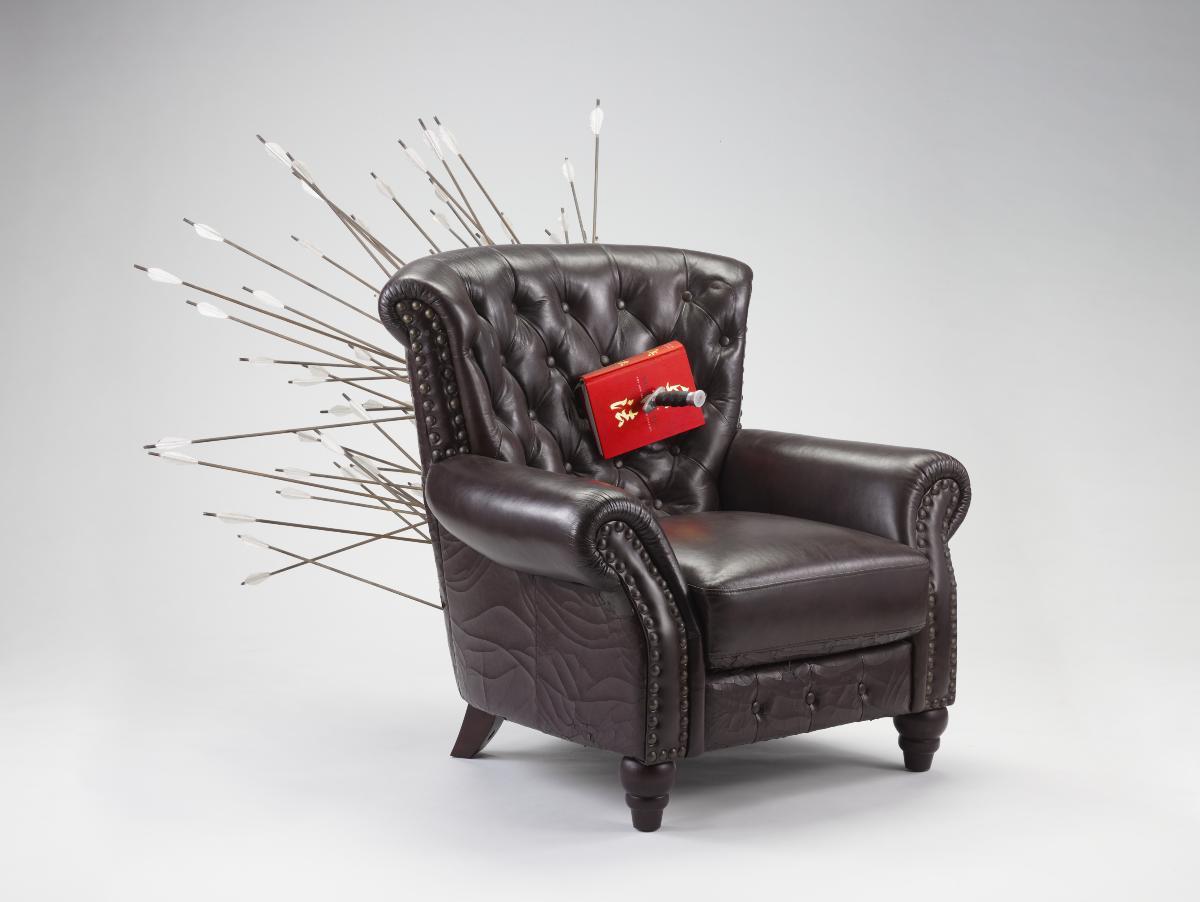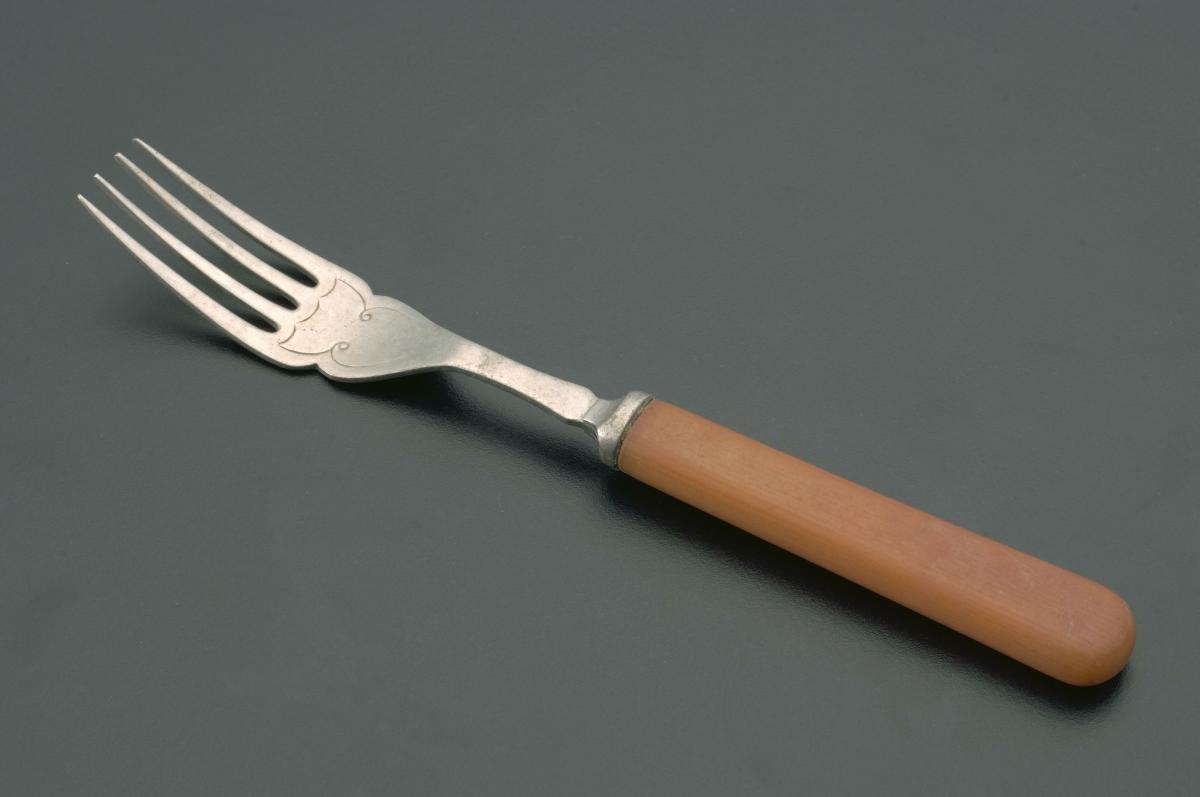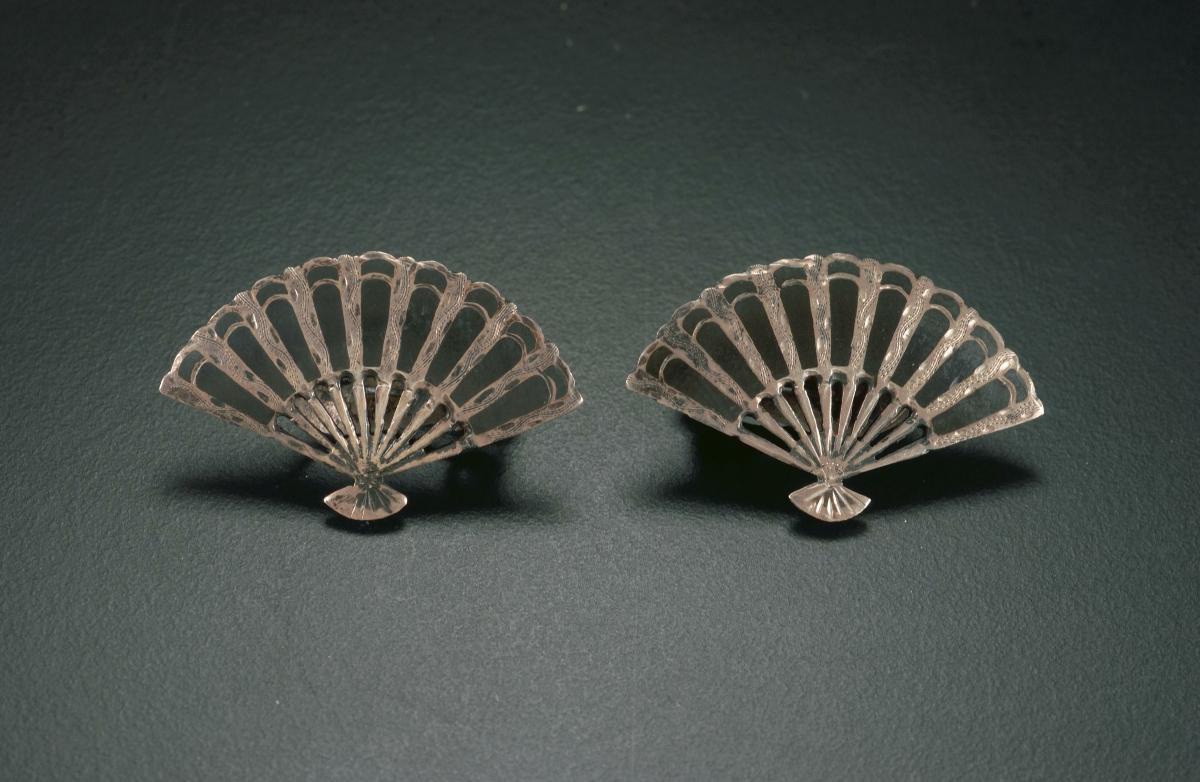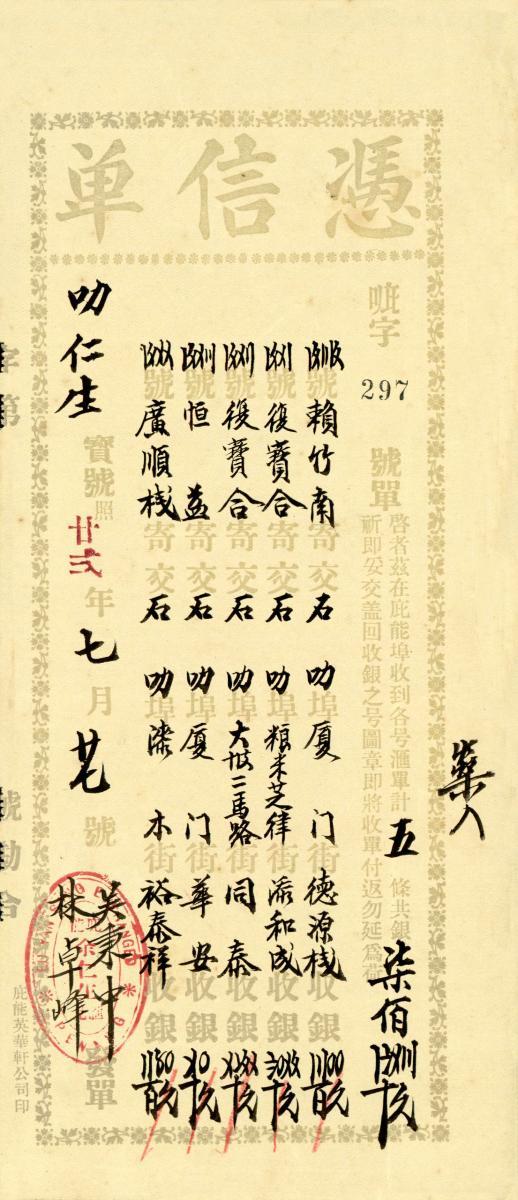The work proposed for donation is part of a series titled Armchair Philosophy. Its play on the derogatory phrase for unsubstantiated critique is simultaneously – and for Vertical Submarine, deliberately – self-effacing and incisive. The particular reference for this artwork in the series is Sun Tzu’s Art of War, a treatise attributed to the Chinese military general and philosopher who lived in the Eastern (2nd half of the) Zhou period and dynasty, and is highly regarded for its strategic insights. While produced in approximately 5th century BC, it continues to receive contemporary interest, even beyond military settings, to relate broadly to occasions where strategic approaches are necessary. Vertical Submarine’s Sun Tzu’s Art of War (Part of Armchair Philosophy) begins its critique in the literal form of an armchair of the most conventional and classic form and shape: an apparently innocuous leather-upholstered Victorian Chesterfield-design chair with buttoned-diamond pattern providing a distinctive visual texture. Its broad backrest affords it an almost stately presence, from which extends buffed and muscular ‘arms’. However, the view from its back belies the strength of its form, as the armchair appears to have been attacked – relatively successfully – with the feathers of 64 arrows radiating out behind, clearly having found their mark. The number 64 refers to the epic battle in Zhang Yimou’s film, Hero, with its visually stunning hail of arrows; as well as to the permutations of the I-Ching, and thus multiple strategic approaches possible. Circling to its front, the viewer is presented with what appears a final or concluding blow: where one would expect to take rest, a hardcopy of Sun Tzu’s Art of War is instead found pinned to the armchair’s backrest, pierced through – not by accident, approximately where one might expect one’s heart to be if a body was present – and held firmly in place by a thrusted dagger, without means of escape.With components and details with such loaded symbolism, many readings are possible with this work, even as it is also strangely enigmatic. Could it refer to the failure of well-laid plans, of false appearances, the folly of assumed knowledge or its obverse where knowledge is insufficient, or something else?















